Your input is a voltage divider consisting of R1 and the NTC thermistor and fed with a 5V supply.
You've specified that for the 5ºC to 45ºC temperature range you're interested in, the resistance of your thermistor changes from 27.119k to 4.103k.
So, simple voltage-divider math tells us that the output from your voltage divider to the the opamp will be 1.35V to 3.55V - a range of 2.2V.
So the function you need from your opamp circuit is (approximately):
\$ Vo = 2.25(Vi - 1.35) \$
I've taken some liberties with rounding because resistor tolerances will introduce far more error than the rounding
The 'ideal' circuit (if you had a fixed reference to use) would then simply be one with a gain of 2.25, using the reference to offset the value.
So the ratio of gain-setting resistors for a simple non-inverting configuration would be 1.25:1, since:
\$ Ao = 1 + (Rf / Ri) \$
\$ = 1 + (1.25 / 1) \$
\$ = 2.25 \$
and the reference you'd need would be:
\$ Vref = 1.35 + (\frac{1.35}{1.25k} \cdot\ 1k) \$
\$ = 2.43V\$
So your resulting circuit might look something like:

simulate this circuit – Schematic created using CircuitLab
However you don't have a 2.43V reference - all you have is your 5V supply.
So what you can do instead is combine the 2.43V reference with the R5 resistor to produce an equivalent using your 5V supply and a fixed voltage divider.
To get 2.43V from 5V using a voltage divider you need a ratio of 1.056:1.
And the parallel combination of resistors needs to be equal to 1k (or whatever value you end up choosing for R5).
For this 'ideal-ish' example, I'll choose resistor values of 1k94 and 2k06, which gives me 2.425V and 0.999k.
The circuit now looks like this:

simulate this circuit
and produces roughly the same result as the previous version using the reference voltage.
However, these are not realistic resistor values.
To produce a more realistic circuit, I now start working backwards from where we are.
A pair of 'realistic' resistor values to use in a voltage divider which will give us about 2.43V from a 5V supply could be 5k1 and 4k7. This combination will actually give us about 2.4V.
That pair of resistors in parallel is about 2.45k - so the feedback resistor for the opamp needs to be 3k06 (2.45k x 1.25), so we'll choose 3k as a realistic value.
So now we have a circuit which looks like this:

simulate this circuit
If you do the math or run the simulation, you'll find that this circuit now produces an output of approximately 0.06V to 4.95V for a temperature range of 5ºC to 45ºC.



